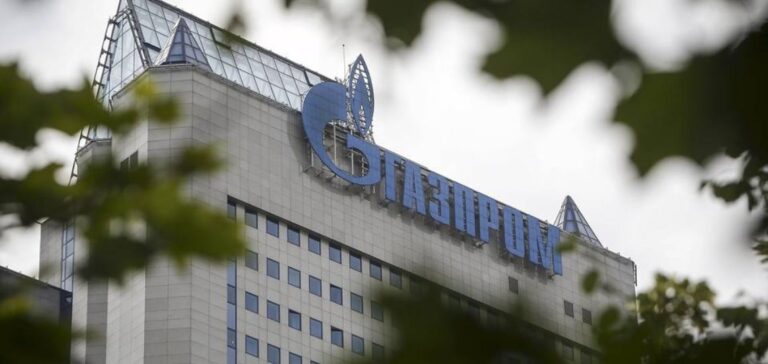The Russian giant Gazprom announced on Tuesday record daily deliveries to Beijing the day before via the “Siberian Force” pipeline that runs through the Russian Far East to northeast China. The announcement came in the midst of Xi Jinping’s visit to Russia, during which the two countries discussed economic and energy cooperation.
On Monday, Gazprom delivered the requested volumes and set a new historical record for daily gas supplies to China. However, the company did not provide additional information on the exact volumes delivered. Another source within Gazprom said that the daily volumes were commercial information and would not be disclosed.
This announcement comes on the second day of the state visit of Chinese President Xi Jinping to Moscow. This visit aims to strengthen diplomatic and economic ties between the two countries, particularly in the energy field. The Chinese economy is indeed a large consumer of energy and Russia has been trying for several years to increase its gas deliveries to China.
In 2022, gas deliveries via the “Siberian Force” pipeline reached an all-time high of 15.5 billion cubic meters. By 2025, Moscow intends to increase its exports through this infrastructure by 2.5 times, to 38 billion cubic meters annually. Last January, Russia exported 2.7 billion cubic meters of natural gas and liquefied natural gas (LNG) to China, making it the largest exporter to the Asian giant.
Russia and China may soon conclude the implementation of the gigantic project “Siberian Force 2”. This pipeline will cross Mongolia from Russia to China’s Xinjiang (northwest). It would have a capacity of 50 billion cubic meters transported annually, almost as much as Nord Stream in Europe before it was shut down by sabotage in September 2022.






















